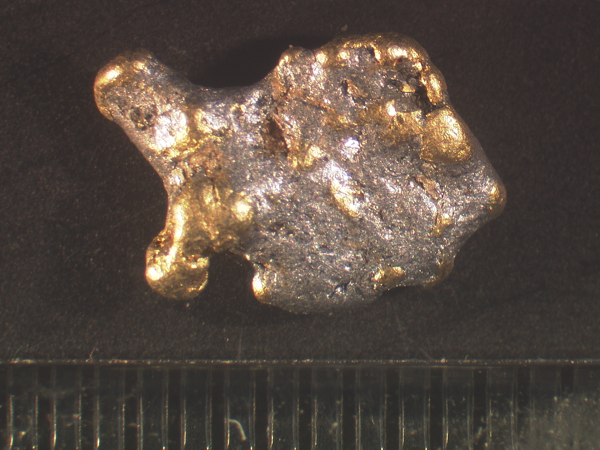PMG has received funding from the Yukon geological Survey to investigate gold grain signatures related to Cu-Au porphyries in the Yukon
Exploration for porphyry Cu deposits is of prime
interest to many exploration companies worldwide. This project seeks to
establish a new exploration tool in which the alloy and mineralogical
associations of placer gold grains may be used as a vector to Au-Cu
mineralization. Although the concept of linking placer gold to Cu- systems has
been explored, areas of complex geology can generate placer gold from a variety
of styles of source mineralization. This project seeks to establish that
specific mineralogical signatures in gold grains are generic to Au-Cu porphyry
mineralization. Three porphyry systems in the Yukon are associated with an episode of
magmatism in the early Late Cretaceous and all are associated with Au-Cu systems
and lie within geographically constrained placer areas. In two cases, a
Bi-Pb-Te-S signature appears dominant in the mineral inclusion suite identified
within the local populations of placer
gold grains. This project aims to establish whether this signature is generic
by collecting samples from the placer district surrounding the Casino Cu-Au
porphyry. In addition, sampling of the in situ mineralization will help
establish the relationship between Au- bearing mineralogy of the ore and the
signature of the placer gold. This study represents the first of its kind to
establish the relationship between placer gold mineralogy and the porphyry
source and to explore the implications for potential use as an exploration tool
in Yukon and
elsewhere in the world.

Gold nugget from
Mechanic Creek, Freegold area, Yukon, showing coating of tetradymite (Bi2Te2S)
|

